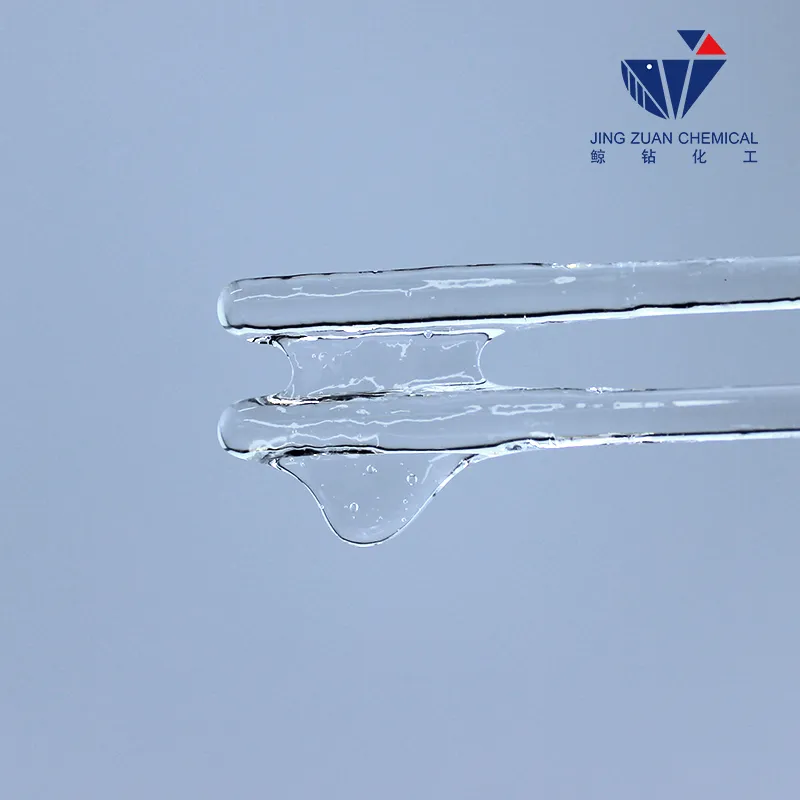
Ago . 13, 2024 04:14 Back to list
Investigation of HPMC Solubility Characteristics in Cold Water for Enhanced Formulation Properties
HPMC Solubility in Cold Water Insights and Applications
Hydroxypropyl methylcellulose (HPMC) is a versatile polymer widely used in various sectors, including pharmaceuticals, food, and construction. One of its most significant attributes is its solubility in cold water, which plays a crucial role in numerous applications. Understanding the solubility characteristics of HPMC in cold water allows industries to harness its full potential effectively.
HPMC is a cellulose derivative, chemically modified to improve its solubility and functionality. It is produced by replacing hydroxyl groups in cellulose with hydroxypropyl and methoxy groups. This modification not only enhances its solubility in cold water but also contributes to its thickening, gelling, and film-forming properties.
Solubility Characteristics
One of the most remarkable features of HPMC is its solubility in cold water, which distinguishes it from other cellulose derivatives that may require heat to dissolve. The solubility of HPMC in cold water is influenced by its molecular weight and the degree of substitution of hydroxypropyl and methoxy groups. Generally, HPMC with a higher degree of substitution and lower molecular weight exhibits better solubility in cold water. This characteristic is particularly beneficial in applications where heat-sensitive components are involved, allowing for the formulation of products without thermal degradation.
Applications in Pharmaceuticals
In the pharmaceutical industry, HPMC is extensively utilized as a thickening agent, binding agent, and film former in various formulations. Its solubility in cold water is advantageous for preparing liquid formulations, such as syrups and suspensions, where heat could adversely affect active ingredients. Furthermore, HPMC is used in drug delivery systems, particularly for controlled release formulations. The ability to dissolve in cold water allows for the uniform distribution of the drug, ensuring a consistent release profile.
hpmc solubility in cold water

Food Industry Utilization
HPMC also finds application in the food industry, where it acts as a food additive, stabilizer, and thickening agent. Its solubility in cold water makes it ideal for products requiring a smooth texture and uniformity. For instance, in gluten-free baking, HPMC can improve the texture and moisture retention of the final product, compensating for the lack of gluten. Additionally, in sauces and dressings, HPMC helps achieve the desired viscosity without the need for heating, thus preserving the flavor and nutritional quality of the ingredients.
Construction Industry Role
In the construction sector, HPMC is employed as a thickener in adhesives, mortars, and gypsum products. Its solubility in cold water facilitates easy mixing and application, enhancing workability while providing excellent water retention properties. This is critical in ensuring adhesion and performance in various construction applications, particularly in tile adhesives and plasters.
Conclusion
Understanding the solubility of HPMC in cold water is essential for its effective application across multiple industries. Its unique properties enable formulation scientists to develop products that meet specific performance criteria without compromising the integrity of heat-sensitive components. As the demand for versatile and efficient materials continues to grow, HPMC’s role is poised to expand further, solidifying its status as a crucial ingredient in pharmaceuticals, food, construction, and beyond. The ability to utilize HPMC in cold water formulations not only enhances product quality but also contributes to innovative solutions, catering to the evolving needs of modern industries.
-
Versatile Hpmc Uses in Different Industries
NewsJun.19,2025
-
Redispersible Powder's Role in Enhancing Durability of Construction Products
NewsJun.19,2025
-
Hydroxyethyl Cellulose Applications Driving Green Industrial Processes
NewsJun.19,2025
-
Exploring Different Redispersible Polymer Powder
NewsJun.19,2025
-
Choosing the Right Mortar Bonding Agent
NewsJun.19,2025
-
Applications and Significance of China Hpmc in Modern Industries
NewsJun.19,2025







